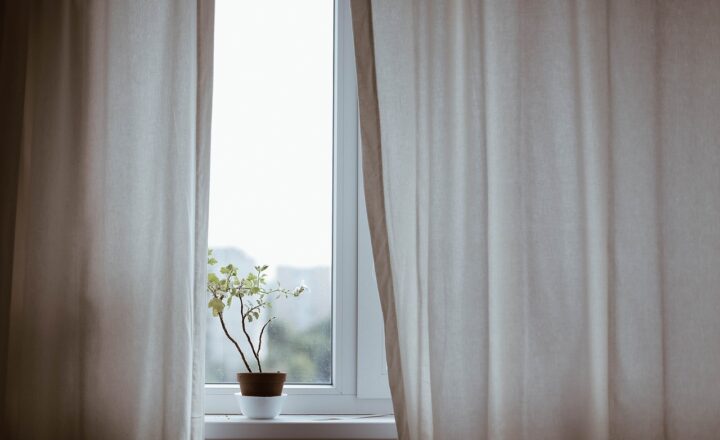
Keeping plants healthy and thriving can be challenging, especially if you’re new to gardening. If you find that your plants often end up wilting or dying, you might be making some common mistakes. Here’s a look at ten common reasons why plants die and tips on how to avoid these pitfalls.
1. Overwatering Your Plants
One of the most common mistakes is overwatering. Many plants only need to be watered once the top inch of soil is dry, as excess water can suffocate roots and lead to root rot.
- Tip: Use a moisture meter or check the soil with your finger to determine if watering is needed.
2. Underwatering
While overwatering is a common problem, underwatering can be equally damaging. Neglecting to water plants results in dry, brittle soil and can lead to leaf drop and wilting.
- Tip: Establish a regular watering schedule and adjust based on the plant’s needs and environmental factors like temperature and humidity.
3. Choosing the Wrong Plant for Your Space
Some plants require specific conditions to thrive. Placing a sun-loving plant in a low-light area, or vice versa, can cause the plant to struggle and eventually die.
- Tip: Research the light and humidity needs of a plant before bringing it home, and ensure your space can meet those requirements.
4. Using the Wrong Type of Soil
Plants require different soil types to thrive. For example, succulents need well-draining soil, while some tropical plants require soil that retains moisture.
- Tip: Use soil that matches your plant’s requirements, such as cactus soil for succulents or a peat-based mix for tropical plants.
5. Not Providing Enough Light
Light is essential for plant health, and insufficient light can lead to weak, leggy growth and leaf drop.
- Tip: Place plants near a window with sufficient natural light or use grow lights to supplement if your home lacks natural sunlight.
6. Ignoring Fertilization Needs
Plants require nutrients to grow, and ignoring their fertilization needs can stunt growth and weaken plants.
- Tip: Feed your plants with a balanced fertilizer based on their growth cycle, typically every 4-6 weeks during the growing season.
7. Pot-Bound Roots
Plants need room for roots to grow, and when roots outgrow their pot, the plant can become stressed and growth may slow.
- Tip: Repot plants every 1-2 years or when you notice roots growing out of drainage holes.
8. Poor Drainage
Without proper drainage, water accumulates at the bottom of the pot, leading to root rot. Even if you’re careful about watering, a lack of drainage can harm your plants.
- Tip: Ensure that pots have drainage holes, and use well-draining soil to allow excess water to escape.
9. Ignoring Pests and Diseases
Pests and diseases can quickly spread and weaken plants. Common indoor plant pests include spider mites, aphids, and mealybugs, while fungi and mold can attack roots.
- Tip: Inspect plants regularly and treat any pest infestations promptly with natural remedies or pesticides safe for indoor use.
10. Neglecting Humidity Levels
Certain plants, like tropical varieties, require higher humidity levels. Dry indoor air, especially in winter, can stress these plants and cause brown leaf tips.
- Tip: Use a humidifier, group plants together, or place them on a tray with water and pebbles to increase humidity levels.
Conclusion
Understanding what your plants need to thrive is essential for avoiding common mistakes. By providing the right amount of water, light, and nutrients, and staying vigilant against pests, you can help your plants grow healthy and strong. Gardening is a learning process, so take each mistake as an opportunity to improve and enjoy the journey of plant care!






